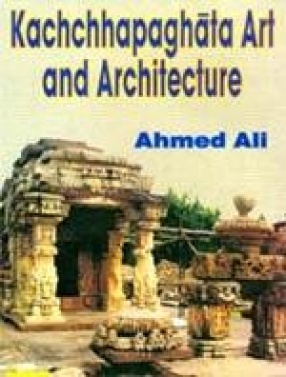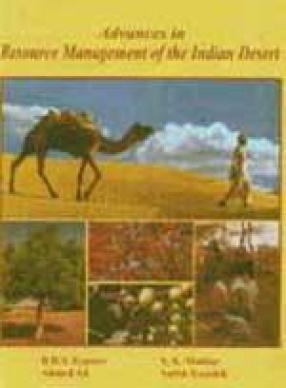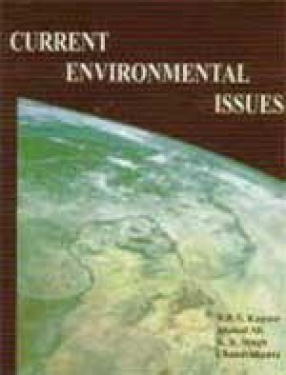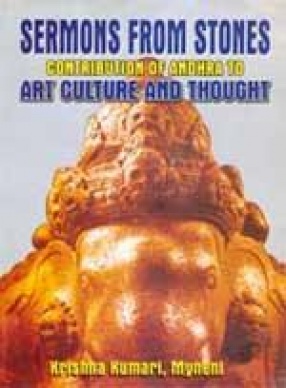The regional study of the monuments is an important method to assess the cultural, social, religious and economic status. In Indian history the Kachchhapaghata dynasty ruled over an area comprising of the modern districts of Gwalior, Morena, Bhind, Shivpuri and Guna of modern Madhya Pradesh. They supplanted the early ruler of the region specially the Gurjara-Pratiharas. They patronized art and cultural activities in their territory. In the field of temple architecture they experimented indigenous trends. The Kakanamath Temple at Suhania, Sasa-bahu temple at Gwalior, a Jain temple at Dubkund and the group of temples at Kadwaha are few of the reminiscence of their past glory. Besides these, a good number of temples were built out side of their territory. The group of temples at Chandpur, Dudhai, Badoh and Kagpur etc. deserve mention. They raised a good number of mathas, tank, baolis etc. to fulfil the need of sanyasis as well as for the welfare of the people. The present text is an outcome of the extensive scientific survey of the monuments built in Kachchhapaghata territory and neighbouring regions. The next is divided in twelve chapters. The first chapter in a brief backdrop of the political history of the region. T he second chapter deals with scientific analyses of the temples noticed in-situ in the central India. Likewise, third chapter is devoted to deal with the temples built in the neighbouring regions. The fourth chapter is the classification of the monuments and their features. The fifth chapter deals with the mathas and other monuments like the tanks and baolis etc. the sixth chapter of the text is devoted to focus light on the iconography of the cult deities like Brahmanic triad, sakti and the saiva. The seventh chapter is fully devoted to the iconography of Visnu and his incarnations. The eighth chapter highlights the iconography of vyantara devatas-Brahama, Surya, Navagrahas and Dikpalas. T he ninth chapter is devoted to deal with sakti sculptures discovered form the kachchhapaghata territory. The evidences prove that the Kachchapaghata rulers were liberal towards Jainism and hence a good number of Jain temples and sculptures were produced to satisfy the followers of Jainism. These have been subjected to the present study. The eleventh chapter deals with the sculptures of minor gods and semidivines like the apsaras, yakas-yaksinis and other decorative motifs. Lastly, an assume is included, obviously the assessments of the trends of art and architecture which flourished under the patronage of the Kachchhapaghata dynasty of central India. The line drawings, maps and photographs of monuments and sculptures authenticate and text. Thus the book may, however, be accepted as an important additions to the history of art and architecture of ancient India.
Kachchhapaghata Art and Architecture
In stock
Free & Quick Delivery Worldwide
reviews
Bibliographic information
Title
Kachchhapaghata Art and Architecture
Author
Edition
1st ed.
Publisher
ISBN
8181820142
Length
xiv+221p., Plates; Tables; Glossary; Bibliography Index; 29cm.
Subjects








There are no reviews yet.